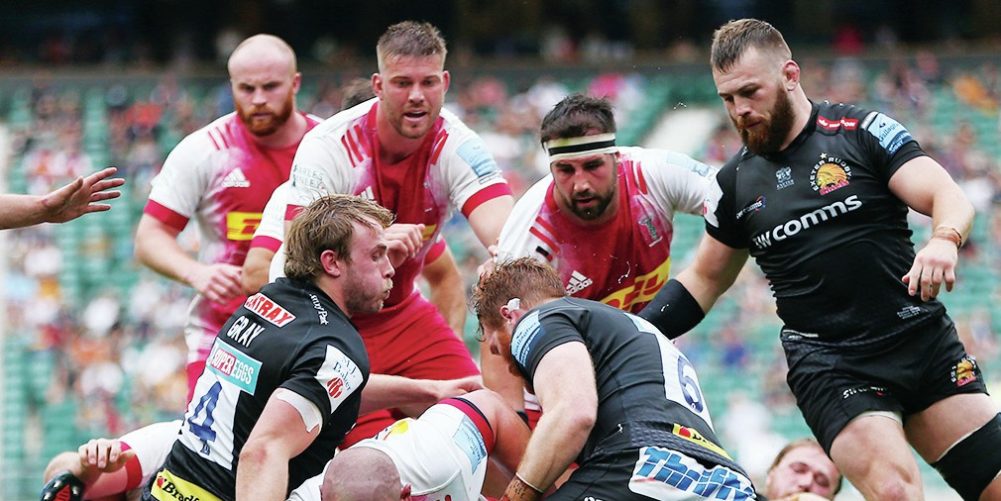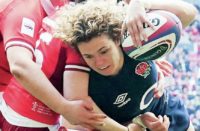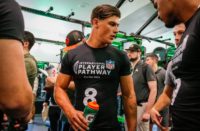A weekly look at the game's other talking points
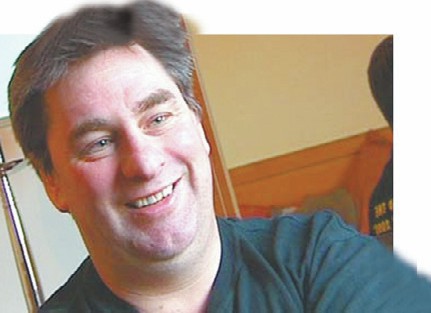
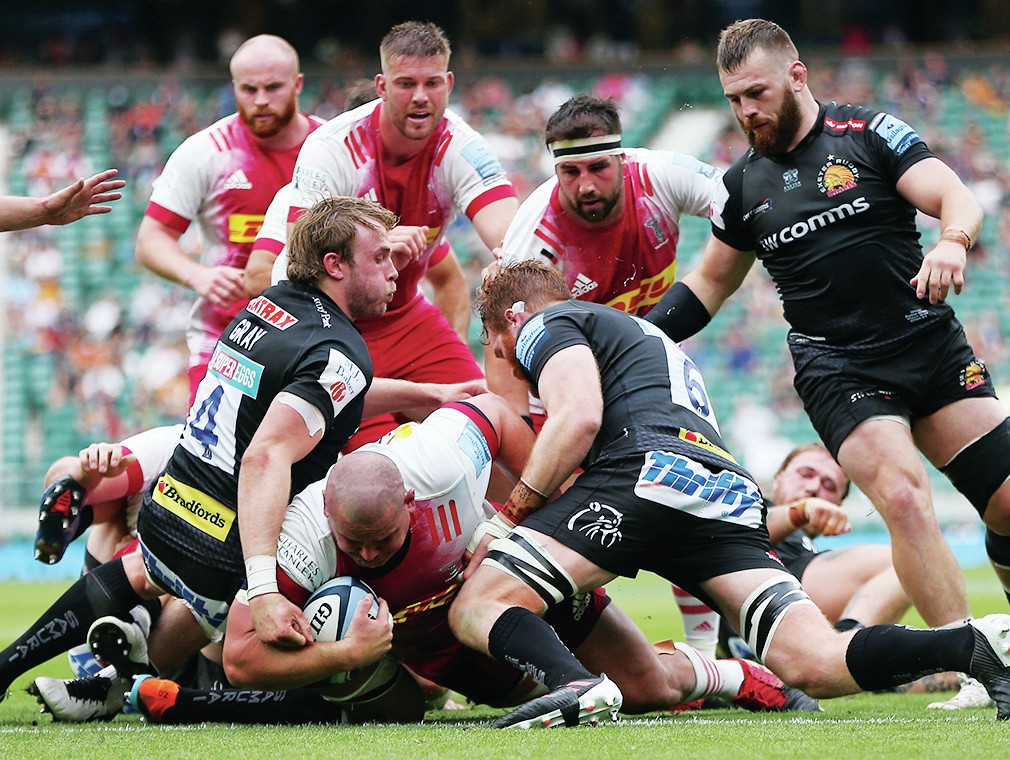
IT's just over a week since the best ever Premiership Cup Final and, with so much to absorb on the day, I'm still getting flashbacks of incidents and passages of play that came and went in an instant and need further comment.
First and foremost were two of the most extraordinary examples of ‘man strength' we will ever see on a rugby pitch. The first came from Quins prop Wilco Louw in the first half, and the second was from Sam Simmonds after the break when the dynamic No.8 led the Exeter Chiefs fightback. For all the sensational running rugby played that afternoon these top my long list of memories.
What exactly is man strength? Well for me it's the possession and employment of a strength that is not down to endless hours in the gym and a life of monastic conditioning and pumping iron. An inherent God-given strength – mental and physical – while sometimes, certainly in years gone by, it can be the product of the environment which produced an individual. Those concerned might be farmers, miners, steelworkers, brickies.
Dean Richards had man strength, so did Willie John McBride, Colin Meads, Bobby Windsor, Louis Picamoles, Laurent Rodriguez, Ruben Kruger, Bakkies Botha, Rocky Elsom.
Jonah Lomu had man strength and he was a gym bunny which made his doubly awesome.
Sean O'Brien has man strength and so does Alun Wyn Jones.
Alex Dombrandt also possesses this mystical power as well as a deceptive turn of pace.
It was a couple of minutes before the break, with Quins trailing 14-7 and pressing hard, that former Springbok Louw unleashed his man strength a few metres out from the line as three or four mountainous Chiefs defenders formed an unbreakable human defensive wall. Except break it he did as he writhed and twisted, drove forward, ducked, drove again and finally spun out to miraculously make the line. A rampaging toro avoiding his fate at the corrida, that one in a 1,000 occurrence.
Extraordinary stuff and possibly unexpected from a player who, although a rock all season at scrum time, hadn't particularly caught the eye around the park. His team's urgent need, however, stoked the fires and the result was a spectacular explosion of man strength.
Ditto Simmonds who I felt was close to MOM even in a losing cause, as he dug deep in the second half and produced any number of key plays to keep Chiefs in the hunt.
We are well used to his blazing pace and surging powerful outside arcs and general nose for a try but the crowning glory of his display came in the 47th minute when the Chiefs desperately needed to hit back quickly after going 26-14 down soon after the break.
Chiefs were camped on the Quins line and going through their usual routine but fed Simmonds further out than normal – three or four yards. The aforementioned Louw and Quins' astonishing young flanker Jack Kenningham had anticipated Chiefs' every move and lined Simmonds up with obvious relish. They both smashed into Simmonds, pretty much simultaneously with a shuddering double tackle yet Simmonds – combining mind over matter with his natural born strength – somehow rode the impact.
I could scarcely believe my eyes but no sooner had Simmonds absorbed the double tackle than he spun out dynamically, blasted his way through Dombrandt and dismissed the challenge of Marcus Smith to touch down. Neither Louw nor Simmonds had any right to score those tries. But they did.
What else? Well having followed and reported on schools rugby extensively over the years and being halfway through an ongoing weekly series on our great rugby schools I was, for the umpteenth time, blown away by the contribution and the skills and attitude of young players who are still not long out of the sixth form.
Marcus Smith is frankly just doing what he did for years at Brighton College when he memorably lit up the prestigious St Joseph's Festival one year while it seems like yesterday that young Louis Lynagh was tearing it up for his outstanding Hampton side a few miles down the Thames.
It's only three years ago that the barnstorming Kenningham – what a find – was leading Reed's, Cobham to their best-ever modern day season while the under-rated Caden Murley hasn't changed a jot from the schoolboy who blazed a trail for Bishop Wordsworth when he took them to the NatWest final three years ago. Dombrandt is a little older but his approach and style hasn't changed since he starred for John Fisher at the Rosslyn Park Sevens.
Some Premiership Academies – not all – get too much credit for the development of young players, occasionally piggybacking in my opinion off the schools. I will temper that remark with unreserved admiration for the Quins set-up where they don't try and tinker too much with the enviable conveyor belt of incredible talent the schools of Surrey, Middlesex, Sussex and Hampshire regularly offer up. The rugby you see Quins play,and indeed Bristol and others, is very much the style of rugby you will enjoy at most top rugby schools.
English rugby's big mistake for a good while now has been its myopic determination to mould such blistering young natural talent into what they perceived as the Premiership and Test norm.
Make no mistake it's still primarily at the schools where our outstanding youngsters learn the game. It is there that their talent is first identified and patiently nurtured, it is at school that they get to play and star in sides twice a week for seven years, sometimes two terms a year, and increasingly train like professionals, many schools being blessed with enviable facilities. The State school sector struggles a little but schools such as John Fisher, RGS High Wycombe, St Peter's Gloucester still pack a mighty punch.
The Academies chip in with occasional squad or evening sessions in the first term and a brief intense clutch of matches between the Academies after Christmas which are undoubtedly a good worthwhile transitional step but the schools, with their exceptional and dedicated schoolmasters, remain the chief drivers, augmented by the England U16 and U18 teams which showcases further all the best schoolboy players.
It is also at schools where you get to combine rugby with playing other sports to a high level and learning different and important motor skills. Or at least that is traditionally what happens. I was taken aback recently when talking to the master in charge of one of our very best rugby schools to hear that the Premiership club he dealt with regarding his Academy boys has banned the lads from playing cricket at school this term because of the alleged injury risk.
Excuse me! Completely bonkers, way beyond their remit and entirely counterproductive.


